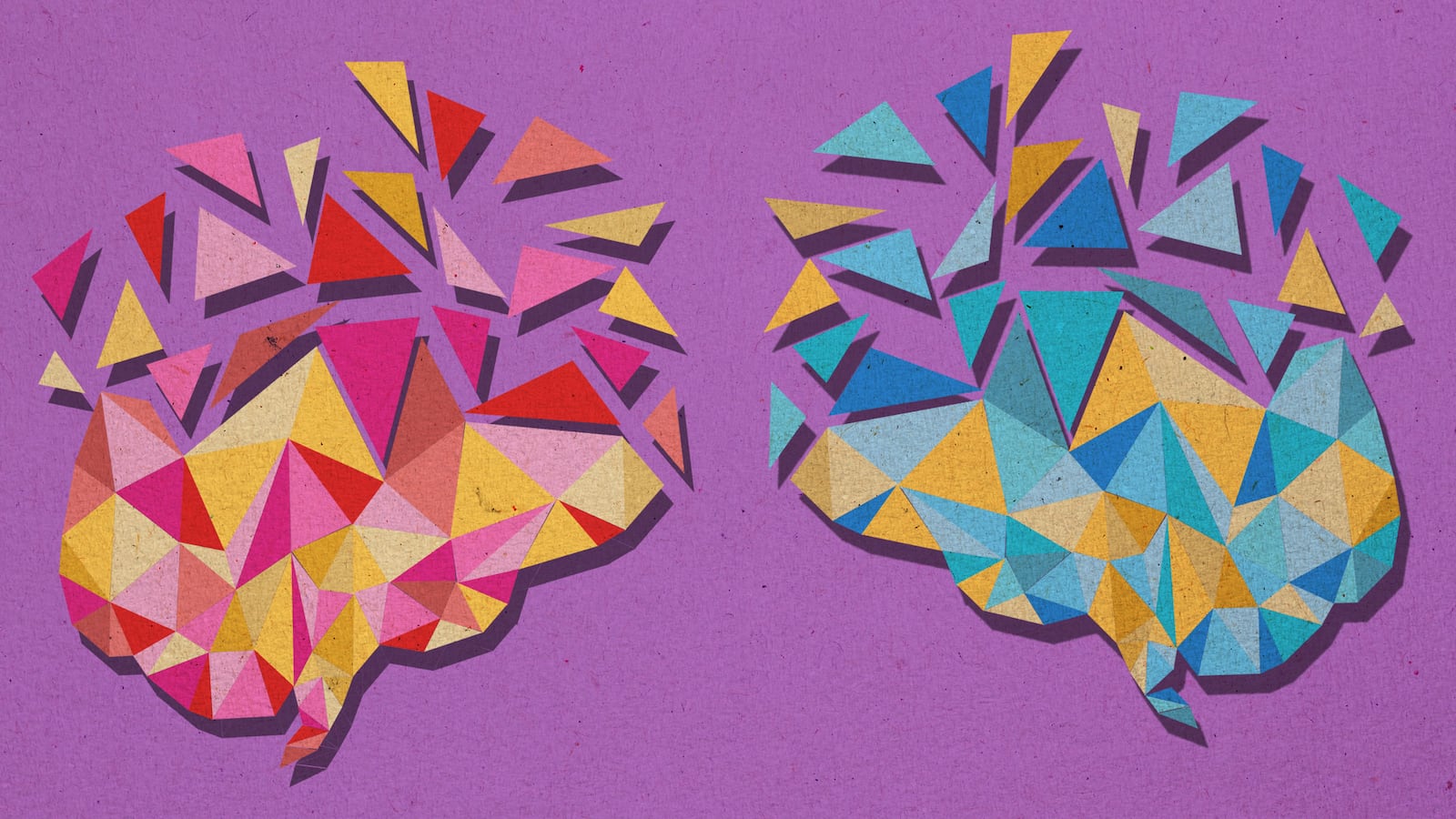Former Supreme Court Justice Sandra Day O'Connor’s announcement on Tuesday that she is in the “beginning stages of dementia, probably Alzheimer's disease” came a decade after she retired to care for her husband, who suffered and died from the same condition.
It’s worth noting because couples are a ripe area of research for scientists who are trying to unravel the mysteries of Alzheimer’s—and illuminate a potential cure.
We know frustratingly little about Alzheimer’s. It primarily occurs among older adults. It’s characterized by dementia and deformed proteins. But what causes one person over another to get it is still unclear.
Researchers believe couples are a promising area of research because they’re ideal subjects. They live together and are exposed to the same environment that could help separate the genetic aspect of Alzheimer’s from diet, pollution, and other factors. Couples are usually not related either, which helps isolate the genetic component.
One trend researchers have identified is that caretakers of Alzheimer’s patients—people like O’Connor—may have a higher risk of developing dementia themselves.
In 2010, a research team published a paper in the Journal of the American Geriatric Society that found when one partner had Alzheimer’s and the other took on the role of caretaker, the caretaker was 66 percent more likely to develop dementia in the next decade. Researchers were not able to say why it happened, however.
Interestingly, another paper published last year in the Journal of Neurology, Neurosurgery and Psychiatry associated being married with a lower risk of dementia. Lifelong singletons had a 42 percent higher risk of developing dementia than their coupled counterparts, while those who were widowed had a 20 percent elevated risk.
An author of that paper told CNN that simply being married wasn’t the key factor. “Instead, our research suggests that the possible protective effect is linked to various lifestyle factors which are known to accompany marriage, such as living a generally healthier lifestyle and having more social stimulation as a result of living with a spouse or partner,” he said.
Widows, like O’Connor, present an interesting data point for Alzheimer’s researchers, with dueling results.
The 2017 study suggests that widows were 20 percent more likely than married couples to get dementia—perhaps due to the lack of social interaction—but still at lower risk than someone who was single for their entire life. But a 2014 study from the Mayo Clinic came to the opposite conclusion: Among 1,078 subjects, married people developed dementia at a younger age (an average of 83 years old) than their widowed counterparts (around 92 years old).
Underlying the studies is the acknowledgement that the spouses of Alzheimer’s patients bear a huge burden—what some have dubbed “caregiver stress syndrome.” Rates of depression are high among caregivers, and some researchers wonder if there is a neurological switch that flips when a person becomes a caregiver that ups their own risk of Alzheimer’s. Others cite the fact that the healthy partner struggles with communication, making it feel as if the partnership that previously existed didn’t any more and negatively impacting the social benefits of marriage.
If anything, research underscores how important it is for couples to maintain active social lives. Studies have repeatedly shown that’s a key factor in neurological health—a cause for concern since we face a loneliness epidemic that is especially pronounced among the elderly.







